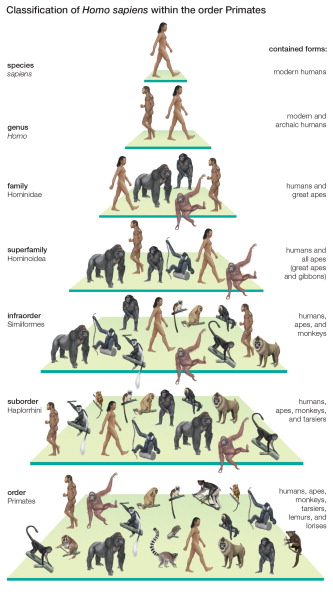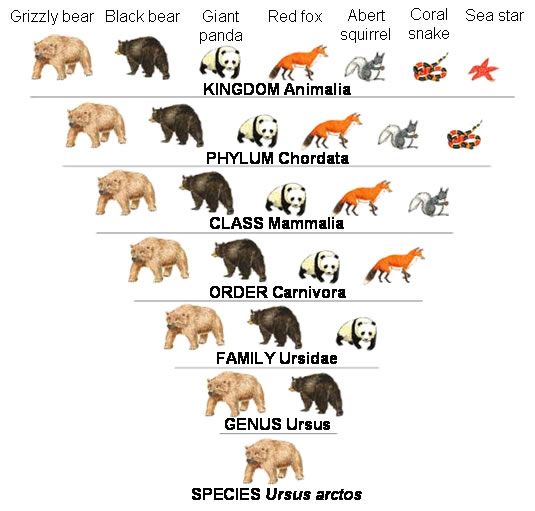Difference Between Taxonomy and Classification

Taxonomy and classification are two biological terms which are often used synonymously. However, there is a considerable difference between the two. The former is the grouping of the living organisms in an ordered system which points to their natural relationship with each other while latter is the systematic categorisation of the organisms on the basis of their structure and evolution.
Taxonomy is concerned with creating an exhaustive list of organisms and gives the hierarchical relationship, while classification provides a list which is not exhaustive and divides the organisms in accordance with one or more physical attributes.
Instructions
-
1
Taxonomy
It is an academic discipline which helps define groups of organisms according to their shared characteristics and assign names to those groups. Every group of organisms is assigned a rank which can be added up to create a super group of a higher order. In this way, a hierarchy is created. The groups which are formed are known as taxa.
It can also be defined as a field of science which includes description, recognition, nomenclature and classification of organisms.
It is widely practised by biologists (called taxonomists) to form groups of organisms and to divide them according to their habits and features. The taxonomists have made the biological study of human beings much easier by forming different groups of the organisms. Taxonomy has great importance in biodiversity and conversation which are major fields of applied biology.
Taxonomy is onsidered as the world’s oldest profession as the man started giving names to the organisms in his surroundings just after he was able to communicate.

-
2
Classification
In biology, classification refers to a method which is used in scientific taxonomy to categorise organisms into different groups known as genus or species. The classification in modern biology is highly inspired by the work of Carolus Linnaeus, who formed groups of species according to their appearance and other physical characteristics.
The groups made by Linnaeus were revised according to Darwinian principle of common descent in order to improve their consistency. Then, with the emergence of cladistic method in the late twentieth century, phylogenetic taxonomy became more common which divided the organisms in groups based only on their inferred evolutionary relatedness. After that, molecular phylogenetic method came into existence which grouped the organisms according to their DNA sequences.








